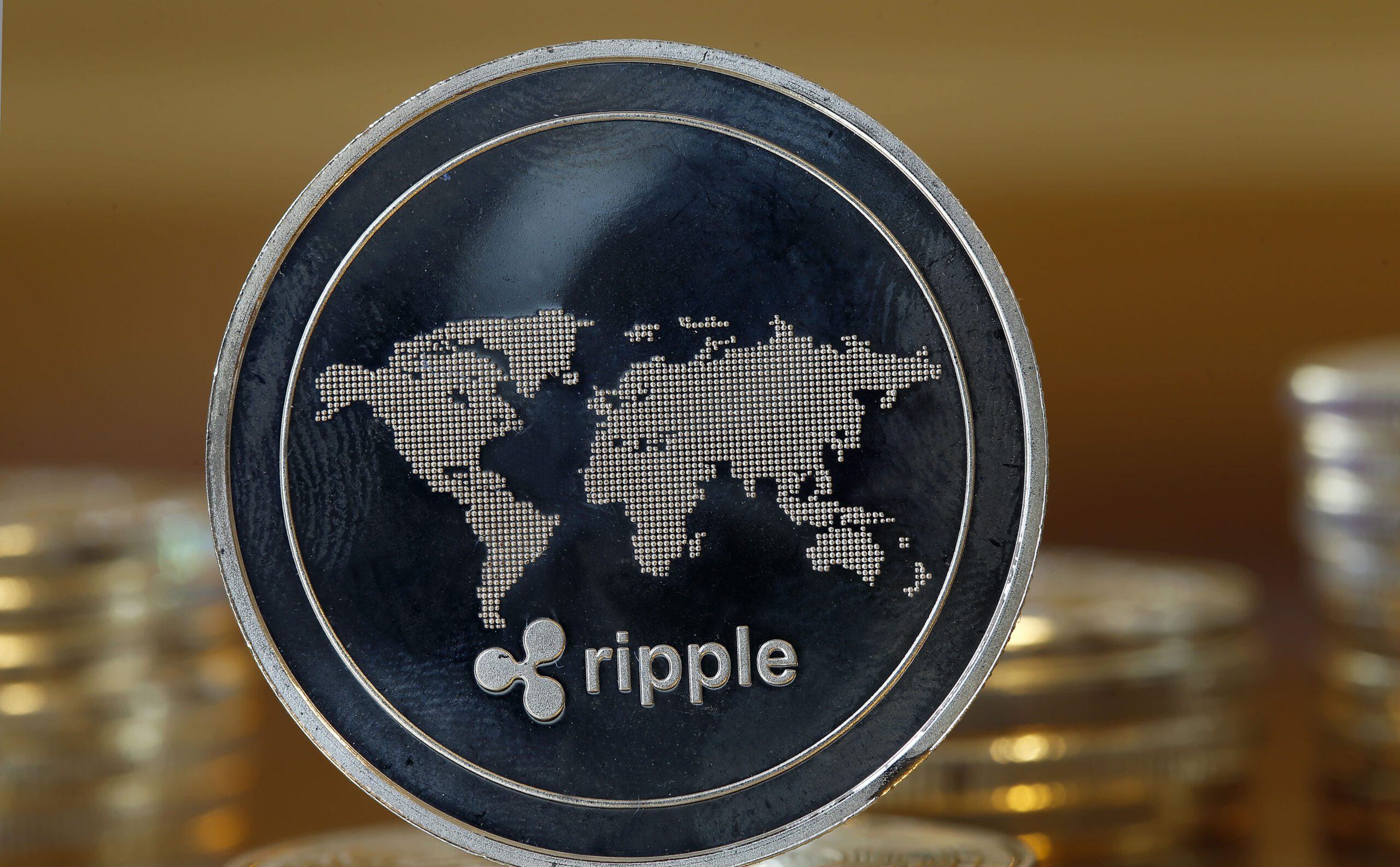- Despite encountering minor obstacles and shifts in market sentiment, XRP, the native cryptocurrency of Ripple, continues to experience a surge.
- Amidst the ongoing legal battle between the U.S. Securities and Exchange Commission (SEC) and Ripple, the recent disclosure of the Hinman speech documents to the public has not affected the ownership of outstanding XRP held by the defendants, as suggested by the lawyer representing XRP holders.
Despite encountering minor obstacles and shifts in market sentiment, XRP, the native cryptocurrency of Ripple, continues to experience a surge. Amidst the ongoing legal battle between the U.S. Securities and Exchange Commission (SEC) and Ripple, the recent disclosure of the Hinman speech documents to the public has not affected the ownership of outstanding XRP held by the defendants, as suggested by the lawyer representing XRP holders.
Setback for XRP: Failure to Secure Safe Harbor amidst Ripple’s Lawsuit against SEC
During the ongoing XRP lawsuit, Attorney John Deaton, acting as Amicus Curiae, made reference to the Safe Harbor Proposal. He highlighted a statement from United States Representative Warren Davidson, suggesting that former SEC executives Clayton and Hinman bear some responsibility for the situation.
According to Deaton, a representative from Andreessen Horowitz (a16z) had a meeting with SEC director Hinman on March 28, 2018. Prior to this meeting, Hinman had received a detailed memo containing the Safe Harbor Proposal. Although Ethereum (ETH) was the only token that ultimately qualified for the safe harbor, Deaton suggests that the same rule could have been applied to other tokens, excluding XRP.
The attorney further claimed that former SEC executives Hinman and Clayton foresaw that a safe harbor provision could move away from a principle-based approach. However, despite these discussions and proposals, the Safe Harbor Proposal was not adopted.
Missed Opportunity: Ripple’s Potential Second Chance Under Safe Harbor
The implementation of the Safe Harbor provision could have prevented legal actions against companies like LBRY and Ripple by requiring them to demonstrate sufficient decentralization through a set of 5-10 factors. A lawyer supporting XRP argued that companies facing allegations could have been given a grace period of 3-5 years to meet specific criteria for a token to be classified as a commodity.
Hinman, during his consideration, deemed a substantial amount of ownership, exceeding 30-40%, as favorable. However, determining the exact threshold remains challenging. Deaton further suggested that the SEC could have established a clear threshold and granted Ripple a period of approximately 3-5 years to reduce its holdings.



